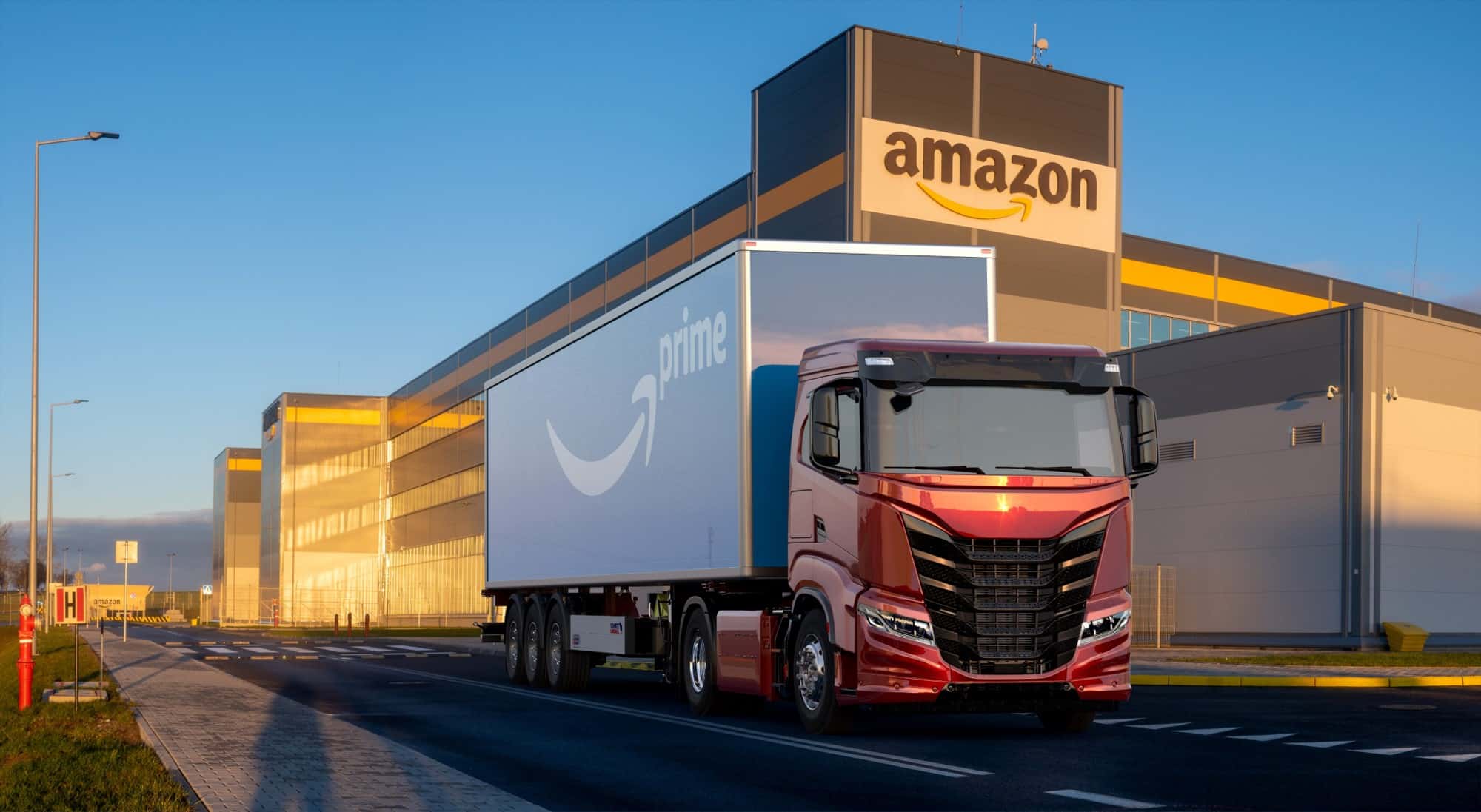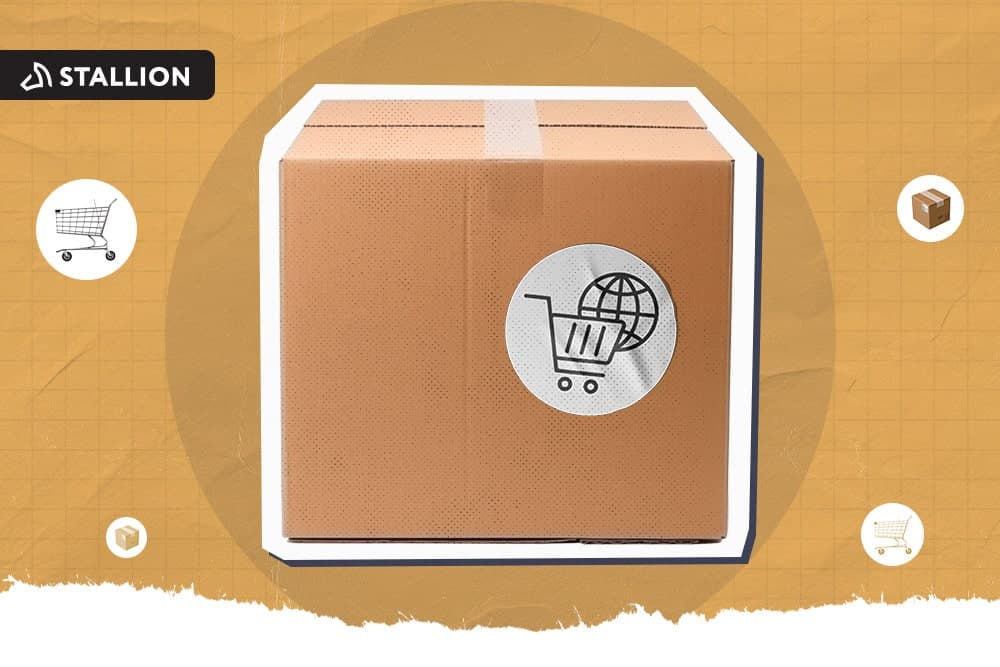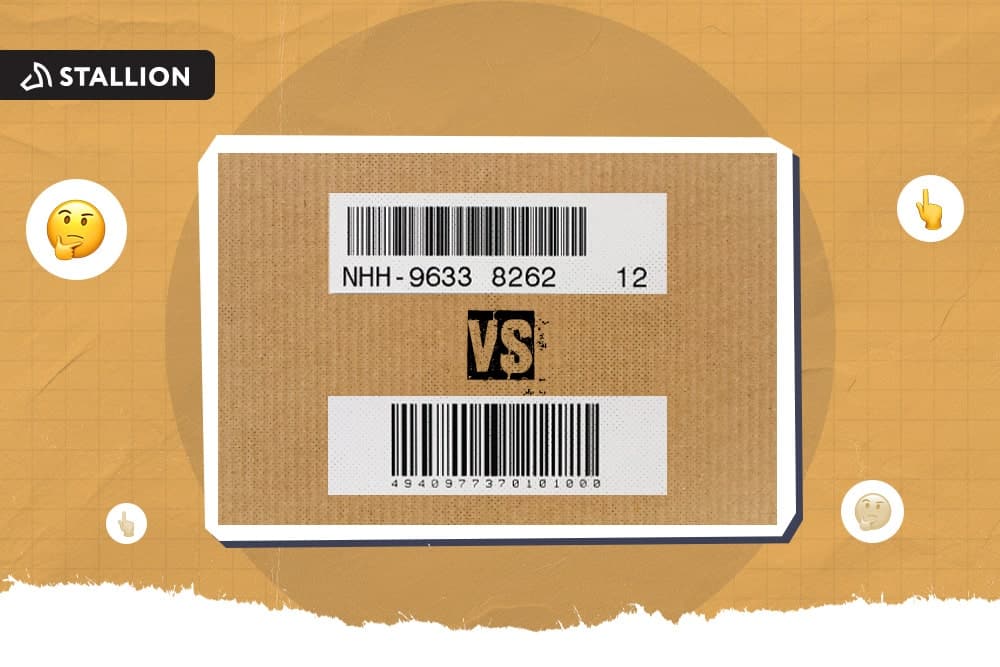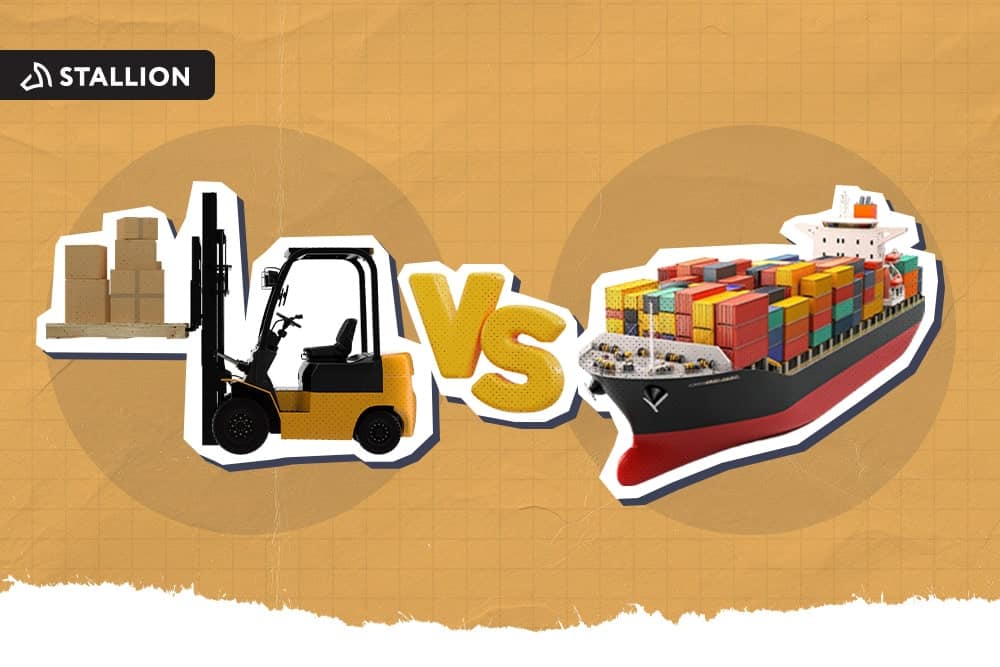
One of the perks of selling on Amazon is that you have a choice of letting the largest online store in the world fulfill your orders through Amazon FBA (Fulfillment by Amazon). That draws an assumption that an Amazon shipping company exists. Well, who delivers your customers' orders?
As a business owner, it is understandable to be extremely curious about what shipping company does Amazon use, especially if you're joining FBA. But instead of knowing what company does Amazon ship with, it’s better to learn how the entire shipping system of Amazon works. In other words, you must see the big picture to understand the nuts and bolts of Amazon FBA.
If you have been on the Amazon FBA website page, you will see a table of fulfillment fees based on the weight and dimension of the product. Besides being a common pricing strategy among courier companies, Amazon uses this pricing matrix to decide which fulfillment center (FC) a product is stored.
Amazon has various fulfillment and distribution centers, namely, small sortable, large sortable, large non-sortable, small specialty parts, specialty apparel and footwear, 3PL (third-party logistics) outsourced facilities, and returns processing centers. We will focus on the three major categories listed below:
Small sortable: In this FC, Amazon stores items with a dimension of less than 30 x 40 x 15 cm. weighing up to 11 kg.
Large sortable: Amazon stows larger items weighing up to 27 kg.
Large non-sortable: Oddly sized and bulky items weighing more than 27 kg. are stored here.
Why did Amazon model it this way? Because smaller products are easier to automate and don't require manual handling. In small sortable FCs, conveyor belts and Kiva robots run half of the facility. The other half is run by Amazon associates.
The exciting addition is Kiva robots—a single unit makes an Amazon associate's job more manageable. Before, a picker must walk up to 19 km. daily through rows of shelves to get an item. At present, a Kiva brings it to them by picking up the mobile shelf where the item is located.
On the other hand, large sortable FCs have items that cannot be automated inexpensively. So these FCs, including large non-sortable, chose to stow, pick, and pack orders by hand.
Once known as Prime Air, Amazon Air is the dedicated cargo airline fleet of Amazon. Shipping by air is the fastest way of distributing orders to your customers to very distant or remote destinations. But Amazon stepped up its game by reducing the multiple stops made by their cargo planes.
Since Amazon FBA operates primarily in a two-day delivery system, it gives them more time to cover longer but fewer destinations. It is different from well-known freight forwarders that have to depart from the airport at midnight to reach their destination in the morning because they have adopted an overnight delivery operation.
It’s more convenient for Amazon to fill a plane with cargo from a whole state or province, solely bound to another state or province. That means Amazon flights only require loading and unloading cargo once and fly shipment directly with fewer stops, reducing shipping expenses.
Note that this is not an "Amazon shipping company" per se. In contrast, it answers the question: what shipping company does Amazon use for the final stretch of the delivery?
Last-mile delivery is the final yet most crucial step in the order fulfillment process. This is the step where the ordered item arrives at a customer's doorstep. The challenge here lies in how distant the destination is from the origin.
Currently, Amazon's last-mile delivery only services urban and suburban areas. For a less populous place, a rural area, or a small town, they hire USPS (United States Postal Service) and UPS (United Parcel Service) to take care of the last leg of the delivery. Why USPS and UPS?
USPS is the cheapest option, roughly two bucks per package. On the other hand, UPS is fully capable of servicing even the most rural or remote places that the USPS can't reach but for a price. Likewise, UPS is considered an "Amazon.ca shipping company" since Canada has many remote areas.
Amazon will do anything to keep its promise to be the most customer-centric company worldwide. One of the glaring examples is the overcomplicated shipping system of Amazon. Surprisingly, this sophisticated approach, which is happening behind the scenes, is the key to the success of Amazon FBA.
The e-commerce giant even hires third-party shipping companies to make sure your orders reach the customer’s doorstep. They’ve bought 11 used Boeing 767-300 planes and will soon launch airfreight operations in Europe. They also aim to have their own Amazon shipping company that could rival big-time courier firms. This is how aggressive Amazon is in ensuring the smoothest deliveries.
If you’re looking for an Amazon shipping company to partner with, Stallion Express has a team of experienced consultants willing to help you build a foolproof shipping strategy. For inquiries, you can call +1 877-863-7447 or email [email protected].



Can our fellow Torontonians relate?
-
#smallbusiness #business #entrepreneur #socialmedia #shipping #ecommerce #canadianecommerce #shopify #poshmark #b2b #saas #etsy #ebay #canada #canadiansmallbusiness #shoplocalcanada #entrepreneur
#toronto

Here’s your quick hassle free shipping from 🇨🇦 to 🇺🇸 as a business owner!
-
Any questions?! Leave them 👇🏻 and save this video so you don’t forget!
-
#smallbusiness #business #entrepreneur #socialmedia #shipping #ecommerce #canadianecommerce #shopify #poshmark #b2b #saas #etsy #ebay #canada #canadiansmallbusiness #shoplocalcanada #entrepreneur

Meet @drinkbenny a 🇨🇦 female founded energy drink brand! Instead of focusing on their products, they’re taking a unique approach by hosting in person events in different Canadian cities to offer an experience for their community 🧡
-
What are your thoughts on in person events? 💭
-
#smallbusiness #business #entrepreneur #socialmedia #shipping #ecommerce #canadianecommerce #shopify #poshmark #b2b #saas #etsy #ebay #canada #canadiansmallbusiness #shoplocalcanada #entrepreneur

Do you know the difference between DDU and DDP when shipping internationally 🌏 ?
-
Questions? Leave them below! 👇🏻
-
#smallbusiness #business #entrepreneur #socialmedia #shipping #ecommerce #canadianecommerce #shopify #poshmark #b2b #saas #etsy #ebay #canada #canadiansmallbusiness #shoplocalcanada #entrepreneur

Here’s a quick hack to save time from choosing multiple postage options
↪️ Turn on the lowest postage rate automation to save you time!
-
Questions? Leave them below! 👇🏻
-
#smallbusiness #business #entrepreneur #socialmedia #shipping #ecommerce #canadianecommerce #shopify #poshmark #b2b #saas #etsy #ebay #canada #canadiansmallbusiness #shoplocalcanada #entrepreneur
